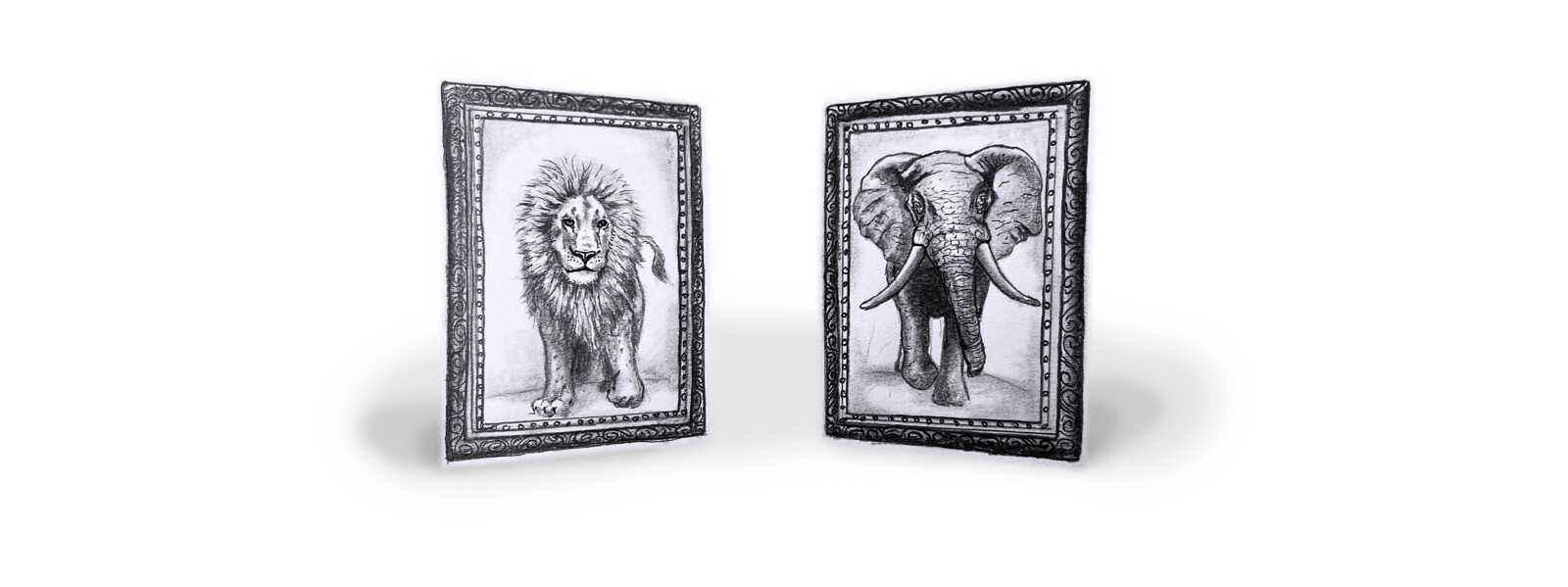You can only be outnumbered if you and those around you aren’t on the same team.
One day on a visit across the US, I found myself in the office of a senior executive administrator who led the operations of a very large medical group. Our agenda was to better understand his priorities and see if my team might provide some timely expertise and effort to help better drive overall performance of the group in patient access, revenue cycle, care variation, and other critical areas. For those familiar, this agenda was essentially the “bread and butter” of professional physician practice management.
Right off the bat, however, I was struck by a dramatic scene that we entered when walking through the door of his personal office. His oxblood leather chair sat behind a large, mahogany desk covered in journals, contracts, and various notes. Behind this enormous desk were the real showstoppers: two, ornately and golden framed oil paintings that were nearly as big as the wall. They dominated the room like two brawny brothers towering over a crowd.
The painting on the left, behind his chair, was a glorious portrayal of a male lion. It was massive, regal, and formidable. You could even tell through the oil that this king had earned his place in the kingdom, and certainly the painting. Sometimes dabbling in art myself, I spent a moment taking in the fullness of this portrait.
The painting on the right was equally impressive. This portrait was the confident, head-on stance of an African bull elephant. The dust hovered around his massive limbs and billowing ears. His tusks stretched out and enveloped the painting. This was a king in his own right as well.
The administrator watched my colleagues and I react to the paintings as we had yet to take our seats. He started, “How do you like those? Beautiful, right?” Taking a seat, he leaned back to observe them himself.
“What’s the story with those?” we asked.
“Hah,” he chuckled. “Well you see, I’ve had these in my office ever since I got into this kind of work. They remind me of something very simple but important.” He waved at the painting on the left. “See that lion? Do you think he feels threatened by one elephant?”
We wondered if it was a trick question, but answered anyway, “No, probably not much.”
“Of course not. He’s the king of the jungle, right?” He turned to the painting of the elephant on the right. “But what if it was two elephants?”
We nodded and indulged him, “he’d probably pay more attention.”
“That’s right. Now what about five elephants? Or twenty?”
“Powerless.”
“Yes indeed,” he said as he settled back into the center of his chair. “And the lesson here, is that I’ve learned never to engage a herd of physicians together. They’ll tear you apart and stomp all over you. You have to meet them only one at a time or die.”
There it was. The elephant in the room – almost literally.
We were facing the most black-and-white, candid, and dramatic statement of a seemingly timeless tension in the leadership of health care in the United States. He wasn’t ignorant of it, wasn’t hiding it, and was certainly not innocent for it. We were only four minutes into our discussion and we already knew that no matter how we might help, this human might never themself be a leader of meaningful change. He had taken the polarization of leadership in health care, framed it, and hung it on the wall.
Well an elephant would never forget this conversation, I thought to myself. And certainly not a physician, for that matter.
Since that day, I’ve often found myself standing between those paintings in many organizations. Translating between physician and administrator, and vice versa. I’ve heard similar portrayals of administrators from the perspective of physicians. Or nurses reflecting on both. Distinct lines of communication and years of training their own – like the army, navy, marines etc. Each has strengths and weaknesses, or often are nearly identical in their thinking and capabilities – if they were able to talk about it.
Knowing that I am always walking between the lion and the leopard (or elephant in the case of the paintings), these paintings have been burned in my brain for years and years. I walked out of that administrator’s office knowing that I could not, and would not within my power, ever settle for doing work that left a house just as divided as I found it – health care or beyond.
Because the thing is: you’re only outnumbered if you and those around you aren’t on the same team.
____________________________
Reflection
More recently, I walked into a meeting room at a health system where an accomplished physician leader, a lively administrator, and a bold nurse executive sat with a few others eager to discuss how they would advance the experience and culture of their organization. You could feel the respect and humble confidence being exchanged across the table. I smiled, sat down, and knew we were going to do meaningful things together.
Nonetheless, there will always be cultural “norms” holding leaders back from their individual and collective potential.
- What is a common tension or “norm” that you have come to know in your career, or one that exists in your team today?
- What is at stake for you or others when these types of willful tensions are allowed to continue? They can be like mold left to grow in the foundation of a house. Even the strongest stone will eventually crack.
- What can you personally do to change that reality?
